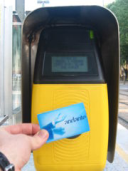
|
|
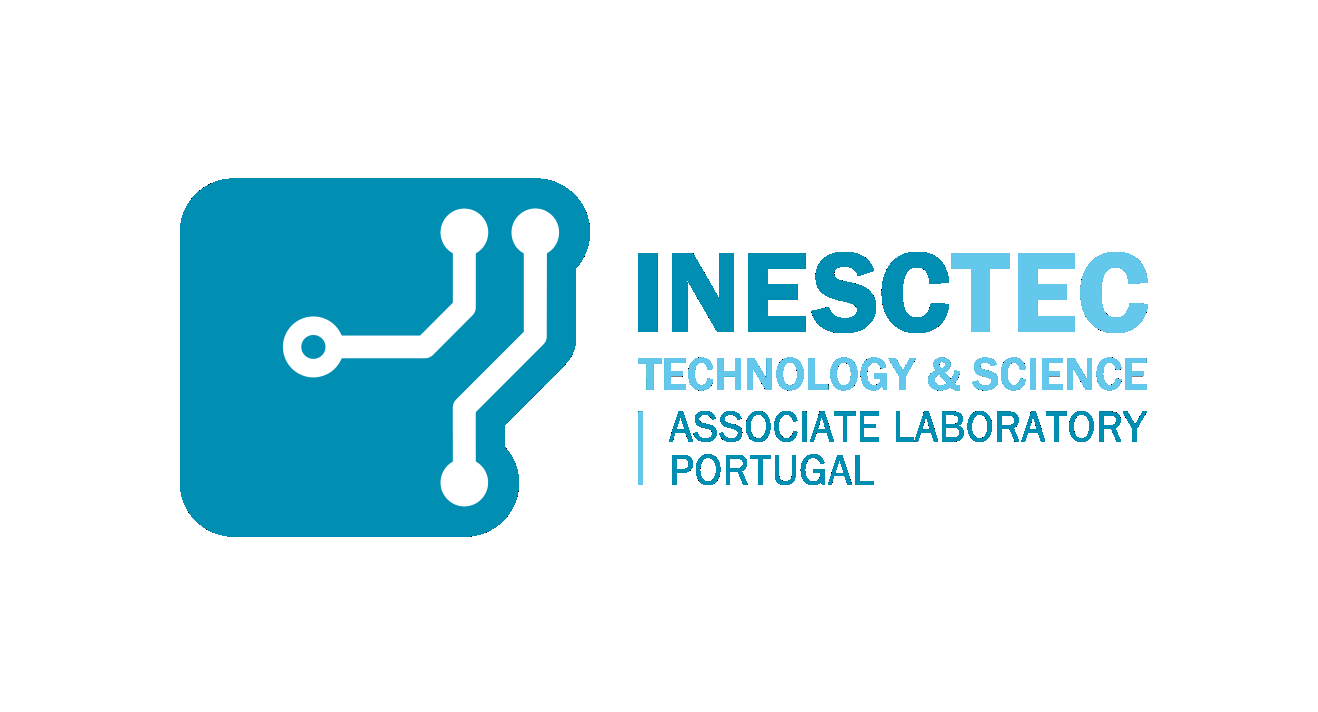
|
Conference Location

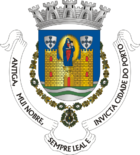 Porto (also Oporto) is a city in northern Portugal and is the second largest city in Portugal, with a 2005 estimated population of 238,465 in the 15 parishes of Porto municipality, 1.6 million in the 14 Greater Metropolitan Area of Porto municipalities, which is an administrative and political entity, and 2.99 million people in the broader agglomeration of Northern Littoral Urban-Metropolitan Region (includes cities ranging from Braga to Oliveira de Azemais.
Porto (also Oporto) is a city in northern Portugal and is the second largest city in Portugal, with a 2005 estimated population of 238,465 in the 15 parishes of Porto municipality, 1.6 million in the 14 Greater Metropolitan Area of Porto municipalities, which is an administrative and political entity, and 2.99 million people in the broader agglomeration of Northern Littoral Urban-Metropolitan Region (includes cities ranging from Braga to Oliveira de Azemais.
|
Due to its economic output and market size, Greater Porto area is one of the major financial and economic centers of the northwestern quarter of the Iberian Peninsula. Porto's municipality is the core of a large northern Atlantic conurbation, and the Porto district is one of the most industrialized districts of Portugal. One of Portugal's most internationally famous products, Port wine, was named after the city because it was originally shipped from Vila Nova de Gaia, a city just across the river which belongs to the same conurbation. The country was also named after the Latin name of this city, Portus Cale (English: Port of Gaia). |
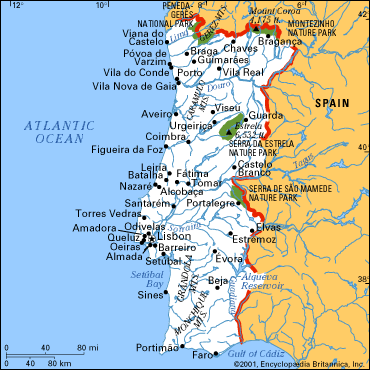 |
History
Historic references to the city go back to the 4th century and to Roman times, although Celtic and Proto-Celtic remnants of ancient Citadels were found in the heart of where Porto now lies. In the Roman period the city developed its importance as a commercial port, primarily in the trade between Olissipona (Lisbon) and Bracara Augusta (nowadays Braga), but would fall under the Moorish Muslim invasion of the Iberian Peninsula in 711. In 868, Vamara Peres, a Christian warlord from Gallaecia and a vassal of the King of Asturias, Leon and Galicia, Alfonso III, was sent to reconquer and secure from the Moors the area from the Minho River to the Douro River, including the city of Portus Cale, later Porto and Gaia, from were the name and political entity of Portugal emerged. In 868 Count Vamara Peres established the First County of Portugal (Portuguese: Condado de Portucale), after the reconquest of the region north of the Douro river.
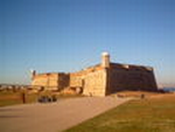 |
In 1095, Teresa of Leon, illegitimate daughter of king Alfonso VI of Castile, married Henry of Burgundy, bringing the County of Portugal as dowry. This Condado Portucalense became the focus of the Reconquista and later became the independent Kingdom of Portugal, after eventually expanding to its current frontiers into the south as it reconquered territory back from the invading Moors under the reign of King Dom Afonso Henriques, o Conquistador in the beginning of the 1st millennium. |
|
In 1387, this city was the scene for the marriage of Joao I and Philippa of Lancaster, daughter of John of Gaunt, symbolizing the long-standing military alliance between Portugal and England, the world's oldest military alliance, which still holds via NATO. At the time of his marriage the king stayed at the Church of St. Francis as a proof of his esteem for the Franciscans. In the 14th and the 15th centuries, the shipyards of Porto contributed to the development of the Portuguese fleet. In 1415 Henry the Navigator, son of Joao I, left from Porto to conquest the Muslim port of Ceuta in northern Morocco. This expedition led to the exploratory voyages that he later sent down the coast of Africa. Portuenses are referred to this day as "tripeiros", in reference to the fact that higher quality meat would be loaded onto ships to feed sailors, while off-cuts and by-products such as tripe would be left behind and eaten by the citizens of Porto. Tripe remains a culturally important dish in modern day Porto. |
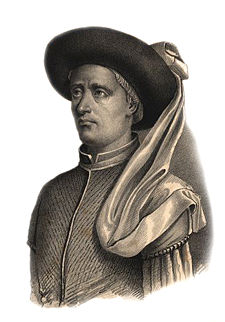 |
Wine, produced in the Douro valley, was already in the 13th century transported to Porto in barcos rabelos (flat sailing vessels). In 1703 the Methuen Treaty established the trade relations between Portugal and England. It allowed English woolen cloth to be admitted into Portugal free of duty. In return, Portuguese wines imported into England would be subject to a third less duty in contrast to French imported wines. This was particularly important with regards to the Port industry. As England was at war with France it became increasingly difficult to acquire wine and so port started to become a popular replacement. In 1717 a first English trading post was established in Porto. The production of port wine then gradually passed into the hands of a few English firms. To counter this English dominance, prime minister Marquis of Pombal established a Portuguese firm receiving the monopoly of the wines from the Douro valley. He demarcated the region for production of port, to ensure the wine's quality; his was the first attempt to control wine quality and production in Europe. The small winegrowers revolted against his strict policies on Shrove Tuesday, burning down the buildings of this firm. The revolt was called Revolta dos Borrachos (revolt of the drunks) and became a symbol of the freedom spirit of the inhabitants of Porto.

Between 1732 and 1763, Italian architect Nicolau Nasoni designed a baroque church with a tower that would become its icon: the Torre dos Clerigos (English: Clerics Tower).
|
During the 18th and 19th centuries the city became an important industrial centre and saw its size and population increase. The invasion of the Napoleonic troops in Portugal under Marshal Soult is still vividly remembered in Porto. On 29 March 1809, as the population fled for the advancing troops and tried to cross the river Douro over the Ponte das Barcas (a pontoon bridge), the bridge collapsed under the weight. Possibly 6,000 people drowned in the disaster. This event is still remembered by a plate at the Ponte D. Luis I. The French army was rooted out of Porto by Arthur Wellesley, 1st Duke of Wellington, when his troops crossed the Douro river from the Mosteiro da Serra do Pilar (a former convent) in a brilliant daylight coup de main. Porto is also called "Cidade Invicta" (English: Unvanquished City) after its resistance to the Napoleonic Imperial army. |
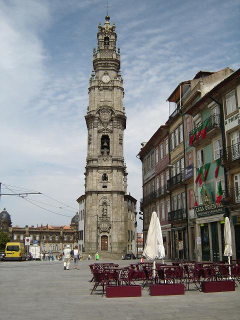
|
In August 1820 Porto rebelled against the English presence, resulting in a civil war in Portugal. In 1822 a liberal constitution was accepted, partly through the efforts of the liberal assembly of Porto (Junta do Porto). When Miguel of Portugal took the Portuguese throne in 1828, he rejected this constitution and reigned as an absolutist monarch. Porto rebelled again and had to undergo a siege of eighteen months between 1832 and 1833 by the Portuguese army. After the abdication of king Miguel the liberal constitution was re-established.
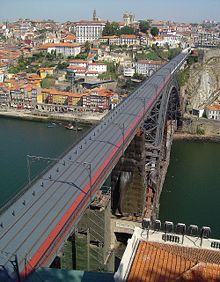
|
Unrest by republicans led to a revolt in Porto on 31 January 1891. This would result ultimately in the creation of the Portuguese republic in 1910. A two-level iron bridge - Dom Luis I (designed by the Belgian engineer Theophile Seyrig, a student of Gustave Eiffel), and a railway bridge - Maria Pia, designed by Eiffel in association with Seyrig, were constructed, as well as the central railway station (Sao Bento, considered to be one of the most beautiful in Europe, ornamented with lavish painted tiles). A higher learning institution in nautical sciences (Aula de Na¡utica, 1762) and a stock exchange (Bolsa do Porto, 1834) were established in the city but would be discontinued later. For having resisted a military invasion in the 19th century by the Imperial Napoleonic Armies, the city is now known as The Unvanquished City (A Cidade Invicta). |
|
In recent years, UNESCO recognised its historic centre (Ribeira) as a World Heritage Site. Among the architectural highlights of the city, the Oporto Cathedral is the oldest surviving structure, together with the small Romanesque Church of Cedofeita, the Gothic Igreja de Sao Francisco (Church of Saint Francis), the remnants of the city walls and a few 15th-century houses. The baroque style is well represented in the city in the elaborate gilt work interior decoration of the churches of St. Francis and St. Claire (Santa Clara), the churches of Mercy (Misericerida) and of the Clerics (Igreja dos Clerigos), the Palace of the Archbishop, and others. The neoclassicism and romanticism of the 19th and 20th centuries also added interesting monuments to the landscape of the city, like the magnificent Stock Exchange Palace (Palácio da Bolsa), the Hospital of Saint Anthony, the Municipality, the buildings in the Avenida dos Aliados, the tile-adorned Sao Bento Train Station and the gardens of the Crystal Palace (Palacio de Cristal). A guided visit to the Palacio da Bolsa, and in particular the Arab Room, is a gem that no visitor should miss. |
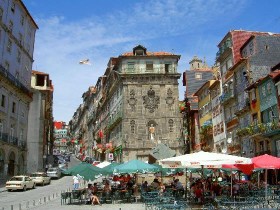 .png)
|
In 2001, Porto shared the designation European Culture Capital (together with the Dutch city of Rotterdam). In the scope of these events, the construction of the major concert hall space Casa da Musica, designed by the Dutch architect Rem Koolhaas, was initiated and finished in 2005.
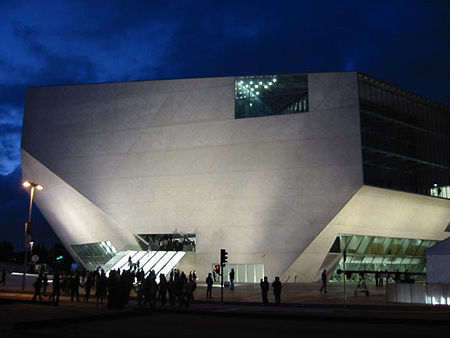
Parts of this text were copied from 
Conference Venue
.jpg)
|
The Faculty of Engineering of University of Porto (FEUP) history can be traced back to the XVIIIth century, when the large sea trade, taking place at Porto, attracted pirates and corsairs who attacked the helpless merchant ships. Trying to face this situation, King D. Jose I ordered the construction of 2 war frigates, as well as a school to instruct the officers and crew. The years was 1762. The newly founded Nautical school later evolved to a Polytechnic Academy, and in 1926 assumed the designation of Faculdade de Engenharia. In the year 2000, the faculty abandoned the obsolete building that had occupied for 63 years, and moved to modern installations in Paranhos. The Faculty of Engineering of University of Porto's (FEUP) is located at about 4 kilometers from the city centre. |
Getting to Porto and FEUP 
By Plane
|
Porto is served by Francisco Sa Carneiro Airport (IATA: OPO) which is located some 15km to the north-west of the city centre. The airport is served by Line E of Porto Metro, linking it to downtown Porto, pendolino trains and EstÃdio do DragÃo, and by transfer to other urban centres of Greater Porto: in Verdes station to Vila do Conde and Pavoa de Varzim (using line B), Fonte do Cuco station to Maia (line C), and Senhora da Hora station to Matosinhos (line A). |
By Train |
Porto's main railway station is situated in Campanha, on the main line to Lisbon. From here, both metro and suburban rail services go to the city centre. The main central station is at Sao Bento, which is itself a notable attraction. |
By Bus |
The city has an extensive bus network run by the STCP (Sociedade dos Transportes Colectivos do Porto, or Porto Public Transport Society) which also operates lines in the neighbouring cities of Gaia, Maia and Gondomar. |
By Metro |
The Porto Metro system. has at present five lines: lines A (blue), B (red), C (green) and E (purple) all begin at Estadio do Dragao (home to FC Porto) and terminate at Senhor do Matosinhos, Pavoa de Varzim (via Vila do Conde), ISMAI (via Maia) and Francisco Sa Carneiro airport respectively. Line D (yellow) currently runs from Hospital S. JoÃo in the north to Joao de Deus on the southern side of the Douro river. The lines intersect at the central Trindade station. You can download copies of the metro maps here. Map 1 |
By Car |
The road system capacity is augmented by the Via de Cintura Interna, an internal highway connected to several national highways and city exits, complementing the Circunvalaco 4-way road, which borders the north of the city and connects the eastern side of the city to the Atlantic shore. |
By Taxi
|
Taxicabs are available throughout the city and are recognizable as cream sedans (usually Mercedes-Benz models). Within the city, the rates charged are those shown in the meter at the end of the ride. For other areas the fare is calculated at 0.35 EUR per Km after leaving the city limits. Any tolls (round trip) are paid by the client. On Saturdays, Sundays and national holidays, and Monday to Friday between 10 p.m. and 6 a.m., a 20% rate applies to normal fares. Two companies working in the Porto area are:
|
Porto City Centre Maps
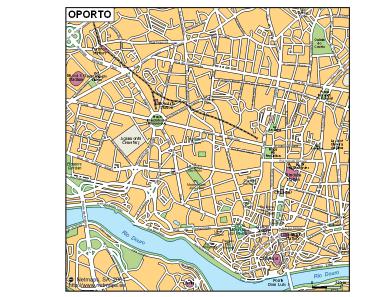
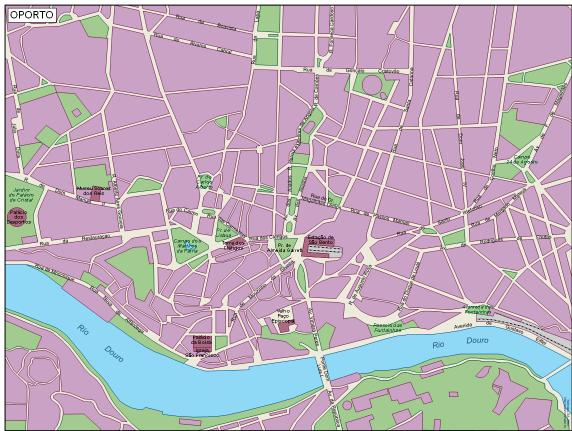
Useful Links
- Porto Weather
- Porto Weather 2
- Porto Tourism Board
- Virtual Tourist Porto
- Porto Travel Guide
- Porto Travel Guide 2
- Oporto Travel
- Trams of Porto

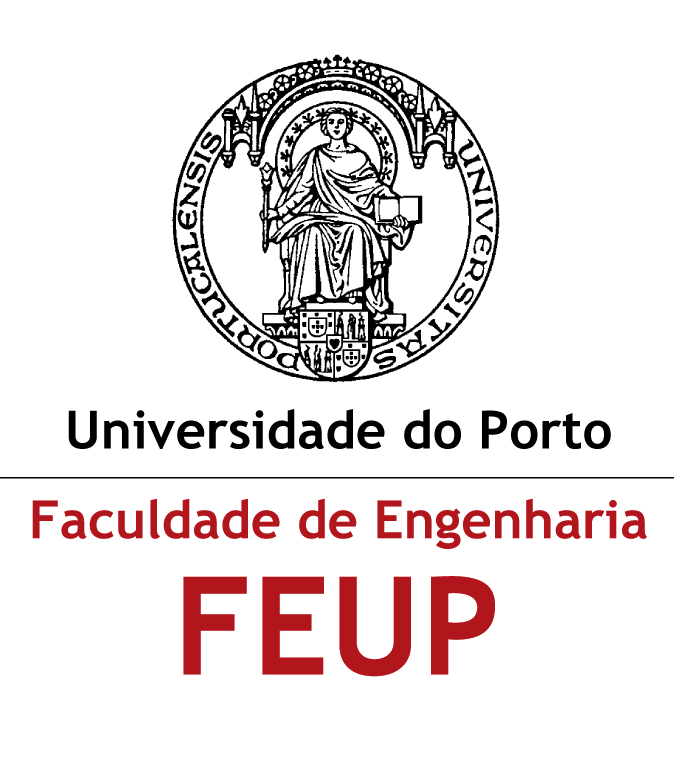

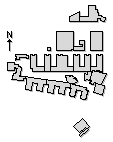



.png)

